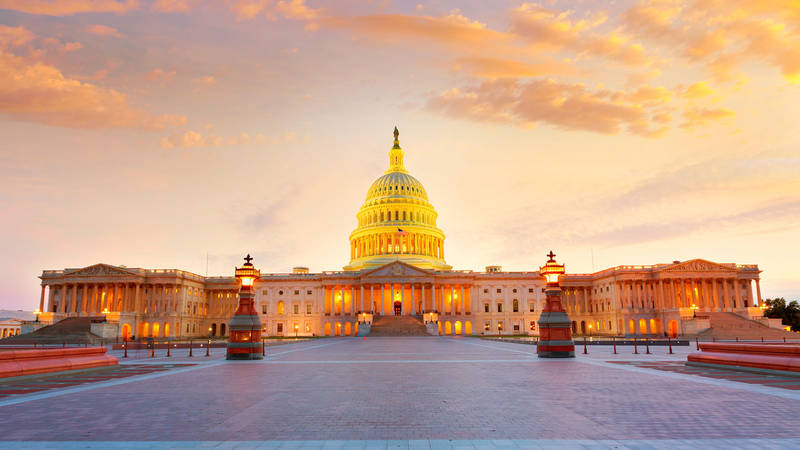Three sites are proposed for park to interpret and facilitate discussion surrounding the complex stories of the Manhattan Project and the resulting impacts of atomic power and nuclear technology
Washington, DC – This Saturday, August 6, marks the anniversary of the day the United States dropped an atomic bomb on Hiroshima Japan during World War II, and we pause to remember this somber moment in world history. This is also an important time to ensure that the history of the war and the launching of the atomic age continues to be understood, discussed and debated by present and future generations in order for us to learn from the past. One of the best ways we can educate the public about the development of nuclear weapons is through the creation of a three-site Manhattan Project National Historical Park, as recently proposed by the National Park Service.
“A national park site would deepen public understanding of the development of the atomic bomb in the context of the time, including how its creators felt about it from a moral and personal perspective,” says Cindy Kelly, President of the Atomic Heritage Foundation. “It also will provide insight into an undertaking that transformed American science, politics, economics, society and culture and left an indelible legacy for the world today.”
The National Park Service already tells the story of controversial and tragic events, such as the Japanese internment camps during World War II such as Manzanar National Historic Site; Little Bighorn Battlefield which was the site of the Native Americans’ last armed efforts to preserve their way of life; Flight 93 National Memorial, and World War II Valor in the Pacific National Monument (Pearl Harbor).
Creating this park provides an opportunity to interpret and discuss an incredibly important piece of American and world history, and to allow contemporary society to better understand the complex and difficult decision to use the bomb. Experts with divergent views will be consulted during the development of the educational materials to ensure that the materials are balanced and informative. Park rangers can share the stories of participants and decision-makers with visitors to allow them to be better informed about these decisions.
“The decision of whether the bombs should have been dropped will always be subject for intense debate, and the public should have access to the places instrumental in the development of atomic power so they can reach their own conclusions,” says Ron Tipton, Senior Vice President at the National Parks Conservation Association.
Because the government already owns the land and historic Manhattan Project properties, the costs associated with the creation of a Manhattan Project National Historical Park will be modest. In fact, the Department of Energy will be saving an estimated $100 million or more by preserving the Manhattan Project facilities such as the famous B Reactor at Hanford, Washington rather than destroying and disposing of them. The National Park Service study recommends that it make use of existing museums and interpretive centers such as the American Museum of Science and Energy in Oak Ridge, Tennessee and the Los Alamos Historical Society Museum in New Mexico.
Creating three different units of this park at the major Manhattan Project sites at Oak Ridge, Tennessee, Hanford in Washington, and Los Alamos in New Mexico, will also stimulate the local economies. Research shows that national parks generate $4 in the regional economy for every federal dollar invested in a national park. Today, visitors to national parks spend more than $11 billion annually in the local regions around the parks.
“A national park would open access for Americans to comprehend the demands and acts of war, understand the complexities engendered by nuclear development, and recognize the ways nuclear science has changed the course of history,” said Nancy Tinker, senior program officer at the National Trust for Historic Preservation’s Southern Office.
The National Parks Second Century Commission has recommended creating parks that will reflect the diversity of the American experience as the National Park Service approaches its 100th birthday in 2016. The Manhattan Project’s multifaceted story embraces aspects of our nation’s scientific, industrial, military, economic, social and cultural history. Establishing a Manhattan Project National Historical Park is perfectly consistent with the new goals of representing these aspects of our history and using the park for educational purposes. The majority of the American public supports such a site, according to the National Park Service Special Resource study, which says, “Public response to the study was overwhelmingly in favor of a national park unit…”
The harnessing of atomic energy was a turning point in American and world history and continues to impact the world today. We should learn from our history- not turn away from it.
For more information about the Manhattan Project and proposed park, please click here, or visit: www.atomicheritage.org
For the National Park Service study documents transmitted to Congress, please visit https://parkplanning.nps.gov/projectHome.cfm?projectID=14946
###
About National Parks Conservation Association
Since 1919, the nonpartisan National Parks Conservation Association (NPCA) has been the leading voice in safeguarding our national parks. NPCA and its more than one million members and supporters work together to protect and preserve our nation’s natural, historical, and cultural heritage for future generations. For more information, visit www.npca.org.
For Media Inquiries
-
General
-
Issues


